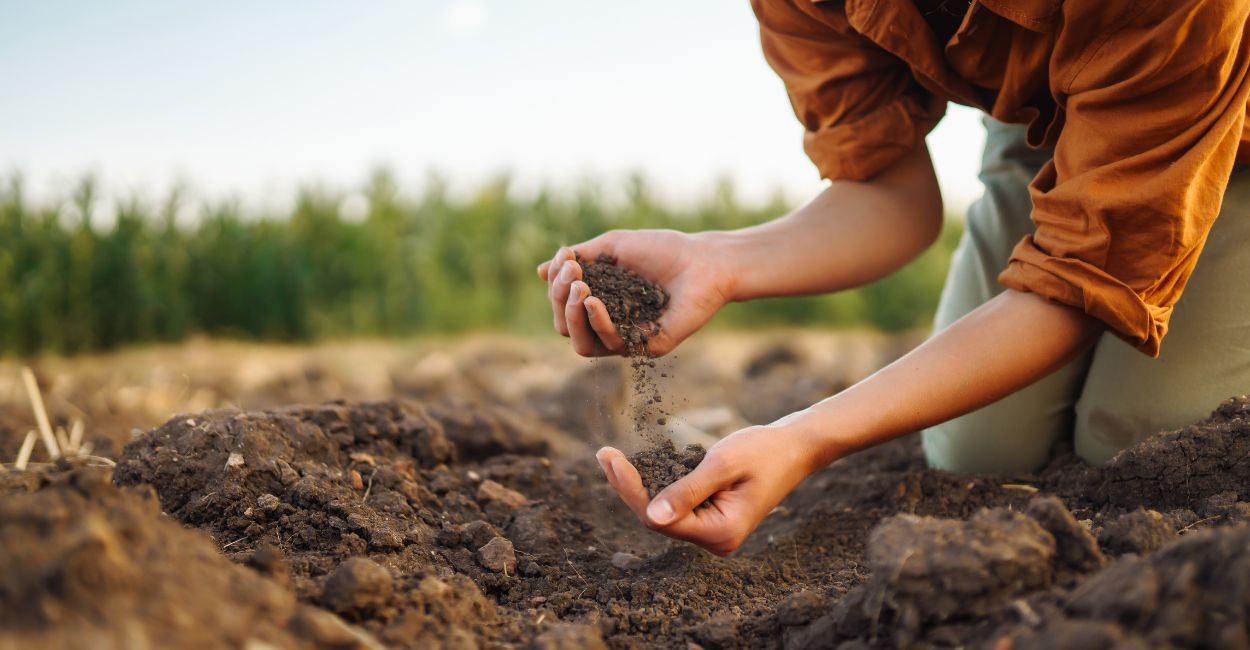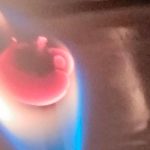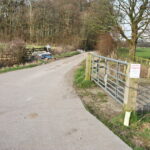Everything, including humans, depends on soil, which is home to a wide range of organisms and provides a life support system for the surrounding greenery. Soil can come in a variety of forms, textures, and nutrient levels. This study aims to understand the variations in texture, pH, nutrient levels, and organic content by testing and comparing soil samples from urban and rural areas using basic physical and chemical techniques. Basic Details of the Study Title:Soil Degradation Level in Rural and Urban Areas Objective:To physically and chemically examine and compare the properties of urban and rural soil samples using basic lab…...
Sign in with Google to continue reading
💬 Meet Our Members

Julia Orozco
Poet who love nature and writing poetry.
Tamizh Ponni VP
Tamizh Ponni VP is an ambivert who loves to express her skills…

Dr. B.H.S Thimmappa
B.H.S. Thimmappa is a seasoned chemistry professional with extensive experience in developing…

Abhinaba Maitra
Abhinaba Maitra is a Kolkata-based writer with a background in software engineering.…

Sindhu Gopalkrishnan
I love writing as I get to create something beautiful and touch…

Khushi Barman
I'm a 22-year-old Indian psychology student. I have a strong interest in…
Support independent journalism. Your membership keeps us going.
Everything, including humans, depends on soil, which is home to a wide range of organisms and provides a life support system for the surrounding greenery. Soil can come in a variety of forms, textures, and nutrient levels. This study aims to understand the variations in texture, pH, nutrient levels, and organic content by testing and comparing soil samples from urban and rural areas using basic physical and chemical techniques.
Basic Details of the Study
Title:
Soil Degradation Level in Rural and Urban Areas
Objective:
To physically and chemically examine and compare the properties of urban and rural soil samples using basic lab equipment and chemicals.
Date of Collection:
11.07.2025
Time of Collection:
Morning (8:25 AM – 9:10 AM)
Location of Soil Sample:
- Urban Area: Public Garden (soil was taken from the region where plants were present)
- Rural Area: Agricultural Field
Weather Conditions:
- Temperature: 28°C
- Humidity: Moderate (50%)
- Sky: Cloudy and partly sunny
- Rainfall (last 24 hours): Light rainfall
Depth of Soil Extraction:
5 inches (~13 cm) from the surface in both rural and urban locations.
Type of Land:
- Urban: Urban landscaped area
- Rural: Vegetation farm
Tools Used:
- Spade
- 2 transparent sample bags (properly labeled)
- Gloves
- Distilled water
- pH paper
- Filter paper and beakers
- Soil test kit containing:
- Calcium Nitrate [Ca(NO₃)₂]
- Potassium Chloride (KCl)
- Ammonium Molybdate [(NH₄)₆Mo₇O₂₄·4H₂O]
Precautions Taken
- Avoided areas where soil showed obvious external interference.
- Collected equal amounts of soil carefully to avoid measurement errors and stored samples in transparent bags under sunlight.
- Avoided soil that was too wet or too dry; chose soil with an intermediate texture.
Procedure
Step 1:
Collected both urban and rural soil samples and gathered all required tools and materials.
Step 2:
Used four beakers — two for each soil sample.
- Sample A (Urban): Added ~15–20 ml of distilled water, mixed well, and allowed the soil to settle.
- Sample B (Rural): Followed the same procedure.
Step 3:
Once soil settled in both beakers, poured the supernatant through filter paper into fresh beakers (C for Urban, D for Rural).
Step 4:
Filtered water collected in the new beakers, leaving soil residue on the filter paper.
Step 5:
Tested filtered water (from Beakers C and D) using:
- Calcium Nitrate: To detect nitrogen — essential for fast plant growth.
- Potassium Chloride: To detect potassium — required for disease resistance, water regulation, and improved fruit quality.
- Ammonium Molybdate: To detect phosphorus — important for root development, fruit/flower growth, and energy transfer (ATP).
Step 6:
Observed noticeable changes in color after adding reagents and recorded results.
Observations
| Parameter | Urban Soil | Rural Soil | Conclusion |
|---|---|---|---|
| Color | Dark Brown | Pale Brown | Rural soil has more organic nutrients and is highly fertile compared to urban soil. |
| pH Level | 8.5 | 6.5 | Urban soil is alkaline (less ideal for plant growth), while rural soil is neutral. |
| Texture | Clayey | Loamy | Clayey soil holds water and causes waterlogging; loamy soil is ideal for plants. |
| Smell | Rotten/Chemical smell | Organic and Fresh | Rural soil is naturally rich in nutrients; urban soil smells bad due to chemicals. |
| Presence of Litter | Noticeable litter | Very little/negligible | Rural soil is cleaner and more suitable for plant growth. |
| Phosphorus | No color change | Dark Blue | Rural soil supports flowering and fruit-bearing; urban soil lacks this ability. |
| Potassium | Light Yellowish | Dark Orange | Rural soil promotes disease resistance and water balance; urban soil does not. |
| Nitrogen | Light Pink | Dark Red | Rural plants are greener and healthier; urban soil leads to dull, weak plants. |











